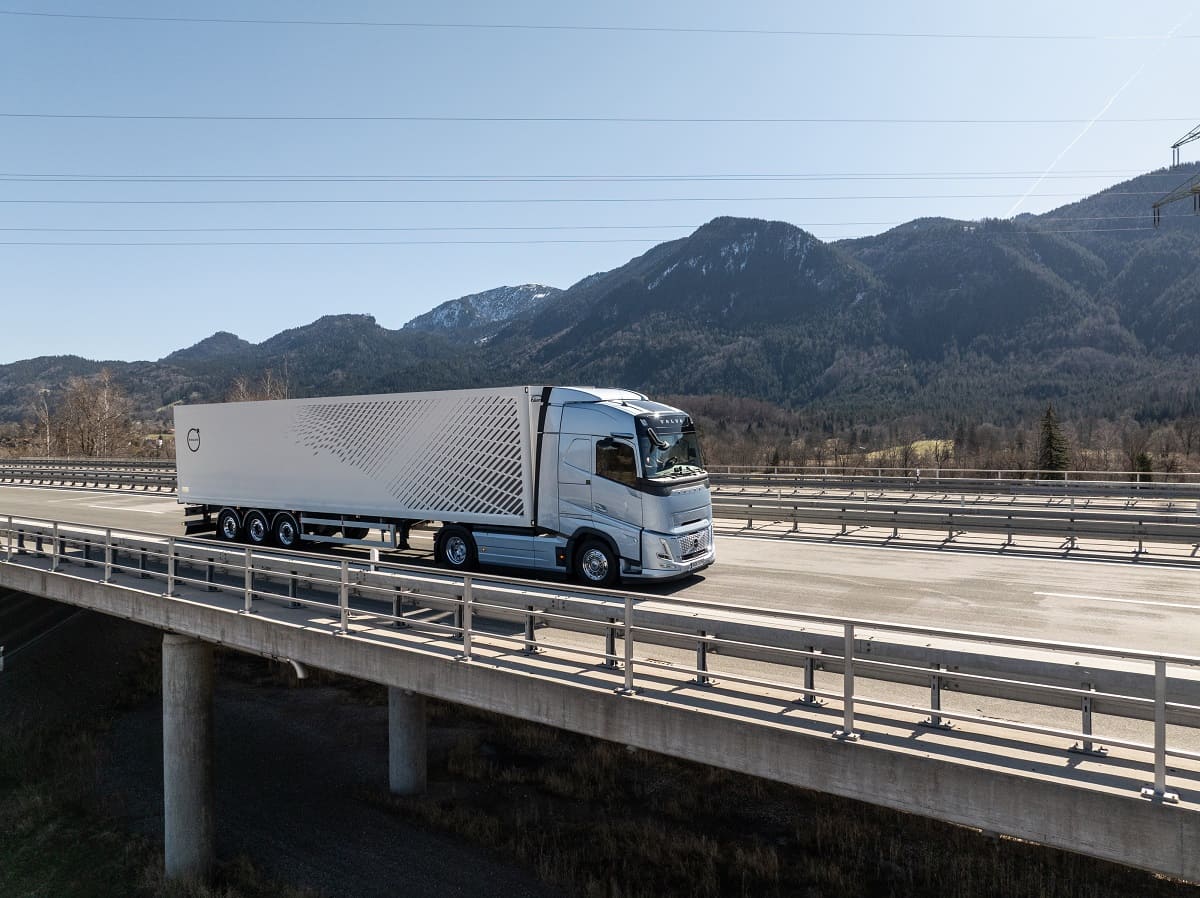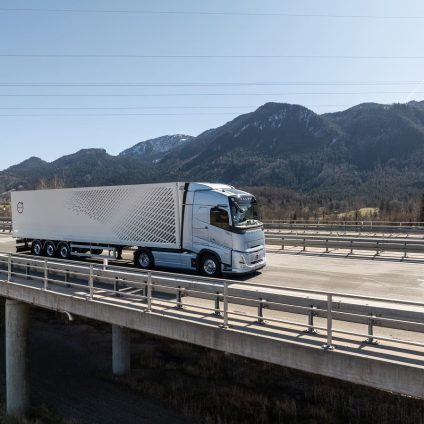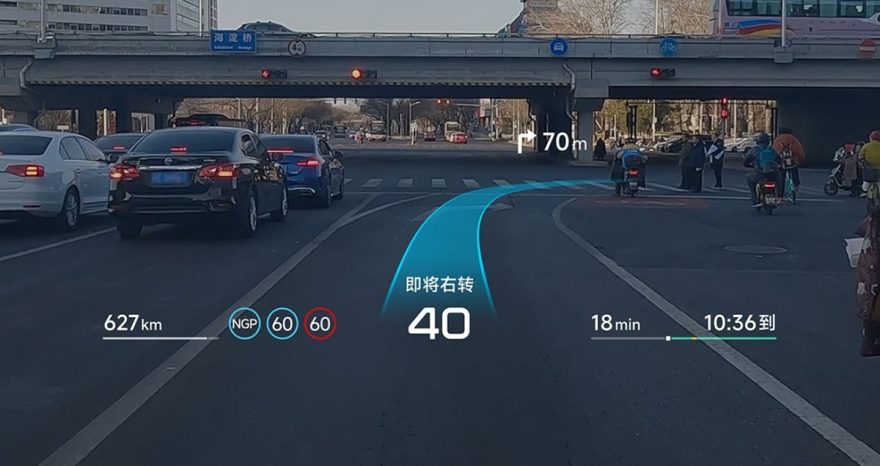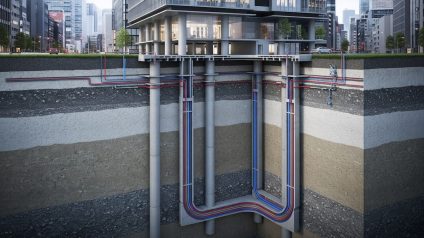The updates to the FH Aero reduced fuel consumption and CO2 emissions by 7%.

Aerodynamic design has always been a key obsession for vehicle manufacturers looking to reduce air resistance. Even in the heavy-duty vehicle segment, truck makers continue to refine shapes and surfaces to reduce environmental impact. Volvo Trucks is no exception. The company recently introduced a series of aerodynamic upgrades to its heavy-duty line, borrowing concepts directly from Formula 1 and the aerospace industry.
These subtle changes are proving highly effective, significantly reducing aerodynamic drag—along with fuel consumption and CO2 emissions.
Volvo’s latest breakthrough, the Volvo FH Aero, recently won the 2025 Green Truck Award. It combines a highly efficient engine with a redesigned aerodynamic cab. Key innovations like cab airflow stabilizers, extended spoilers, and redesigned skirts boost aerodynamics and efficiency.
Cutting fuel use and emissions with smarter airflow
These design tweaks can improve both fuel economy and vehicle range, while reducing carbon emissions by up to 2%. Taken together with previous improvements, the Volvo FH Aero achieves up to 7% greater fuel efficiency than its predecessor, the standard Volvo FH. This boost in efficiency applies across all powertrains—whether diesel, gas, or electric—making the innovation even more valuable in a decarbonizing industry.
“All the time we spent in simulations and wind tunnels has paid off,” said Jan Hjelmgren, Head of Product Management at Volvo Trucks. “With these new cab modifications, we’re building on last year’s aerodynamic gains and delivering even more value to our customers.”
The most impactful change comes from the new airflow stabilizers, placed at the top corners of the cab near the windshield. Designed with a series of angled blades, these devices precisely manage how air flows around the edges of the truck, minimizing turbulence and drag.
Out-of-the-box thinking, F1 style
This is what engineers call lateral thinking. Volvo’s team borrowed a method commonly used in aircraft design, Formula One cars, and even wind turbines. Truck builders know the upper corners of the cab are critical aerodynamic points. By applying small-scale airflow control elements to a full-size truck, Volvo replicated the micro-to-macro aerodynamic benefits seen in high-performance machines.
While the stabilizers improve airflow at the front, they also enhance the effectiveness of other features. These include new 50 mm extended side fenders that close the gap between the cab and trailer, and modified chassis skirts that better align with the rear fender for improved aerodynamics down the vehicle’s full length.
Proof in performance
The Volvo FH Aero stands as clear proof that aerodynamic refinements matter. The cab has been extended by 24 cm and fitted with several drag-reducing upgrades, delivering fuel savings that are especially important for long-haul transport where mileage adds up fast.












